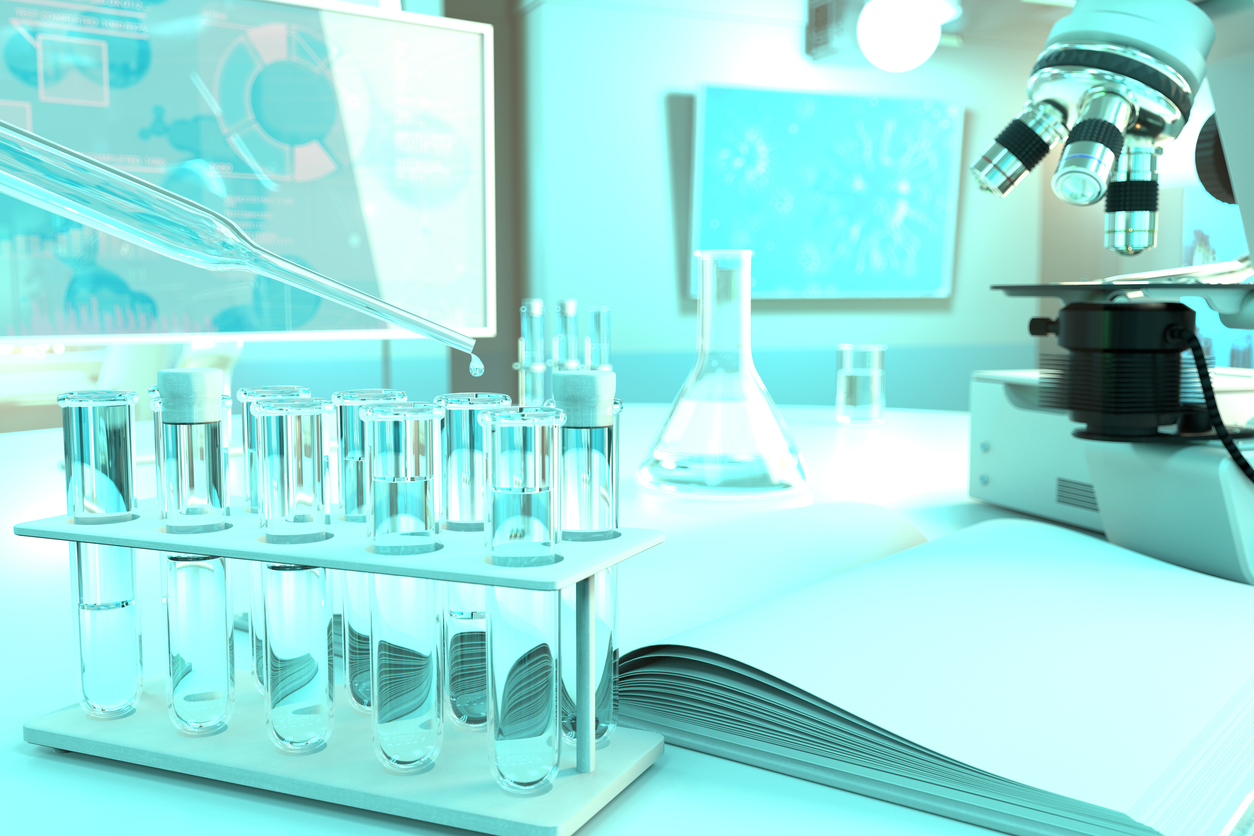
Understanding USP <645> Water Conductivity Testing Requirements
Sievers instruments, software, consumables, services, and expertise center around ensuring compliance for requirements for drug quality and the quality of water for pharmaceutical and analytical purposes, such as USP <645> Water Conductivity. Per USP and other harmonized compendia, conductivity is an important quality metric that must be monitored for product quality and patient safety. It is one of the two primary chemical limit tests (the other is USP <643> Total Organic Carbon) used to confirm contamination control in the water purification system. Conductivity can also be used alongside TOC testing as a tool for real-time process control for water purification and other manufacturing processes. Consisting of different stages of analysis, conductivity testing of Purified Water and Water for Injection allows pharmaceutical companies to maintain and treat their water to confirm purity and suitability for pharmaceutical applications.
Conductivity Methods
Traditional conductivity methods using a meter and probe, while compliant, introduce integrity and efficiency weaknesses. Having to manually analyze a sample exposes the sample to atmospheric CO2 which can cause over-reporting against Stage 1 limits. Another method for measuring conductivity consists of using an analyzer with an in-line conductivity cell. This capability offers efficiency and sample integrity gains over other laboratory methods. By automating Stage 1 conductivity, labs realize great efficiency gains while improving sample handling and data management and reducing opportunity for error.
Conductivity Verification
USP and other harmonized compendia require conductivity cell constant verification to be performed regardless of the method or instrument used (meter, probe, or analyzer). USP <645> states the requirement for verification but does not prescribe frequency or concentration. Many pharmaceutical companies choose to go beyond only the cell constant verification and perform method suitability checks with other concentrations and acceptance criteria determined by process capabilities,
Best Practices for Conductivity Testing
Using an analyzer with an in-line conductivity cell and TOC testing capabilities, such as the Sievers M9 TOC Analyzer, is ideal for Stage 1 conductivity testing. Together with Dual Use Conductivity and TOC – DUCT – vials, this measurement approach provides accuracy and efficiency for water measurements.
For pharmaceutical manufacturers, the most desirable state for compliance with USP <645> is to meet the requirements of Stage 1 conductivity testing. It is the simplest to execute, requiring the least time per sample. Automating the testing for USP <645> offers significant time savings as well as increased data integrity and security.
